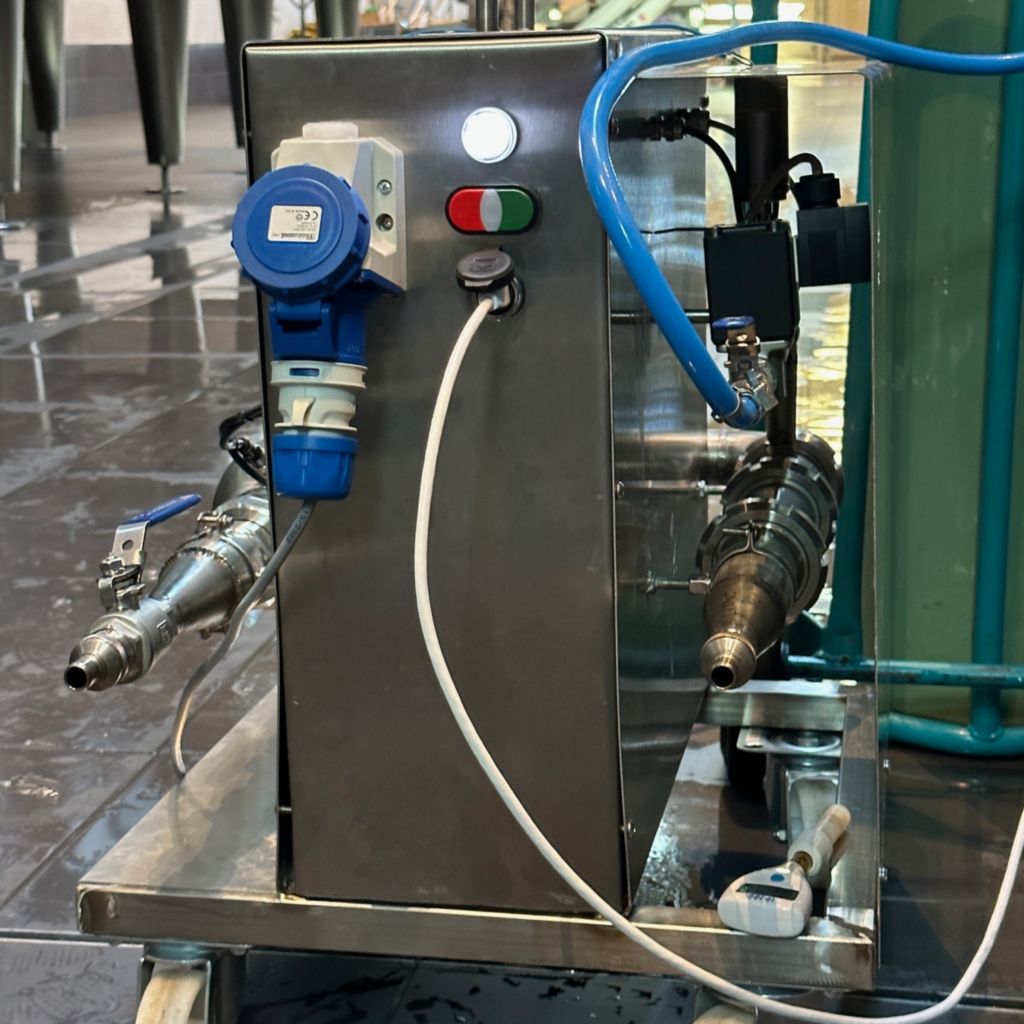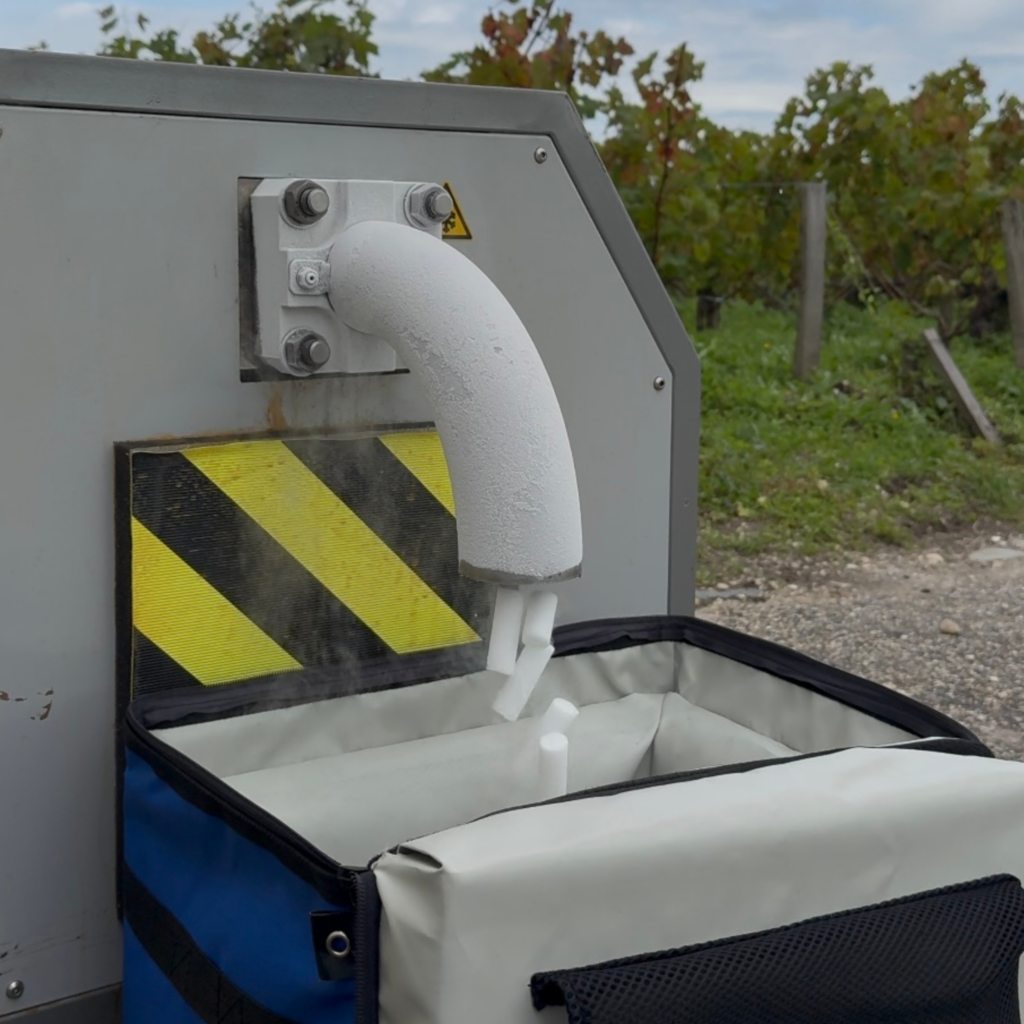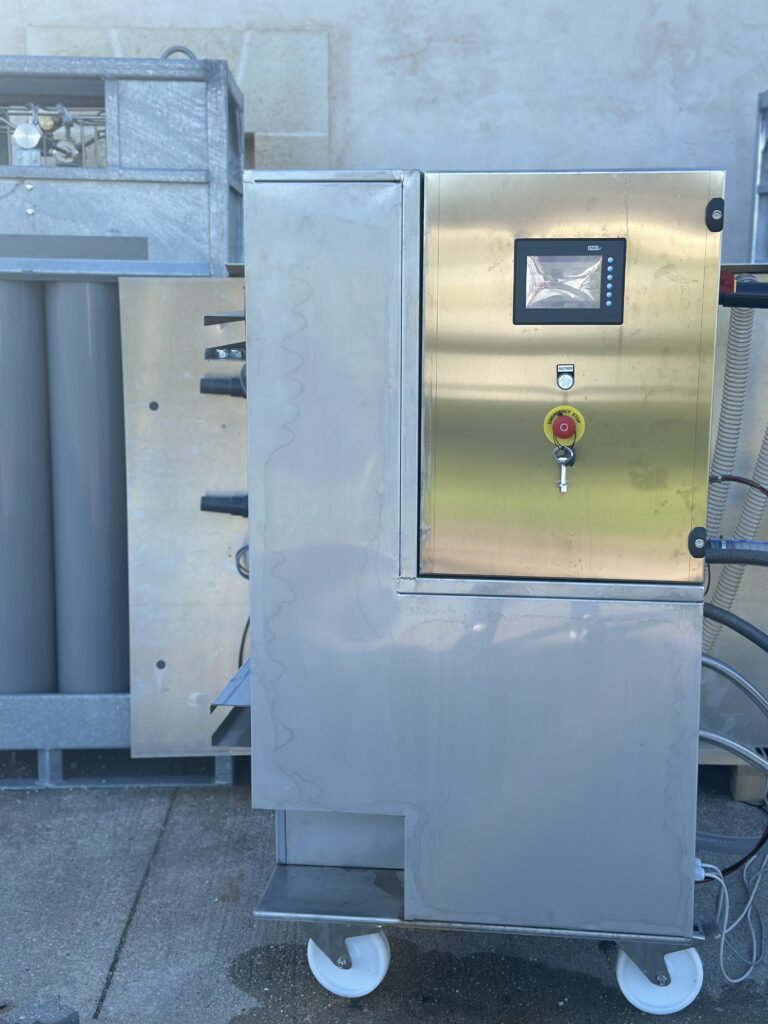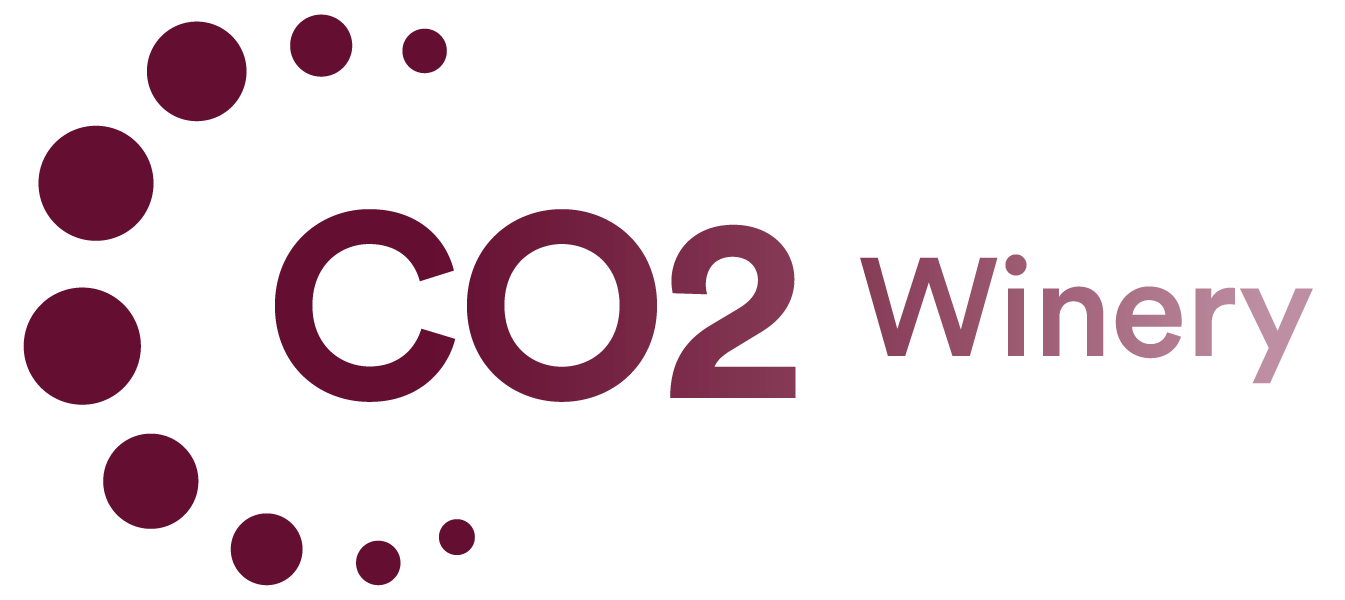Press article
CO₂ recovery in the winery
Written by D. Lefebvre, published by Journal Agri-viticole "Le PHR", 03/01/2025
The Schiélé winery in Pfaffenheim calls on W Platform, a start-up specializing in CO2 capture and recovery in the wine and brewing sectors. The first dry ice sticks, produced from fermentation CO2, were produced in an Alsatian winery during the recent harvest. CO2 is thus becoming a new co-product of winegrowing. We can no longer design a winery without thinking about capturing CO2 at source, i.e. in the vats," explains Jean-François Schiélé. It's a safety issue. Once the CO2 capture network at tank level has been installed, it's time to make the most of it. With this in mind, Schiélé has teamed up with two engineers, Matthieu Planté and Jean-Philippe Ricard, who are working on CO2 recovery in brewing and winemaking. Together, they launched W Platform, a Bordeaux-based start-up dedicated to R&D and the development of solutions in the field of carbon dioxide in the circular economy. "In the wine sector, we don't have the culture of recovering by-products as we do in the food industry," explains Théo Schiélé. "
As for CO2, we often let it escape. And yet, he continues, "there is an industry for redistributing biogenic CO2, and demand is growing. Today, 50 % of the CO2 emitted could be recovered.

The idea of capturing and recovering CO2 emerged as long as forty years ago, but was abandoned because of the cost. The subject is now back on the agenda, thanks to rising prices for raw materials, including agri-food CO2, and advances in technology. Indeed, wineries are in a paradoxical situation: they are major producers of CO2, yet they also buy a great deal of it for a variety of uses.
"According to Théo Schiélé, "Depending on the size of the companies that set up CO2 capture and self-consumption systems, it takes between three and seven years to achieve a return on investment.

Oenological applications of CO2
W Platform has developed a series of applications based on CO2 recovery, and Schiélé is a partner in the technical development and distribution of these solutions.
- Capture and storage :
W Platform has developed CO2 Winery, a small unit the size of a filter on wheels. Installed in the winery and connected to the fermentation gas collection system, it purifies CO2 by drying and filtering. It then compresses it to between 20 and 200 bar and stores it in carboys.
- Recovery in inerting :
CO2 is more effective than nitrogen in protecting a liquid from air, which is an oxidizing agent, because it is heavier. A bed of CO2 inerting an emptying tank and forming a protective mattress on the surface of the wine is therefore more stable than a bed of nitrogen.
- Surface cleaning :
Carbonated water containing 2 g/l of CO2 has increased rinsing capacity, thanks to the acidification caused by the solubilization of CO2 in water in the form of carbonic acid. Solubilized CO2 reacts with water (H2O) to form carbonic acid (H2CO3). Because of its acidity, this carbonated water has enhanced wetting power and can also be used to neutralize soda tank washing. It also has the ability to dissolve calcareous scale deposits, such as CaCO3. According to Théo Schiélé, water savings can be substantial, in the order of 20 to 50 %.
- Lowering the alcohol content of wines:
Against a backdrop of increasing societal pressure, demand is now turning to less alcoholic wines. It is possible to naturally reduce alcohol content by injecting carbon dioxide into the vat during fermentation, simply by bubbling. The CO2 bubbles carry ethanol with them.
- Flavor recovery :
However, this bubbling solution has one drawback: the CO2 not only produces ethanol, but also aromas. It is therefore necessary to recover them, which is what W Platform proposes by installing a small selective recondensation column at the gas collection point. We tasted the Pinot Blanc condensates," say Théo and Jean-François Schiélé. They are incredibly rich in aroma.

- Snow and dry ice production :
Once the CO2 has been captured, purified and stored, it can be transformed into dry ice or snow. Dry ice is a particularly useful oenological product during the harvest, for inerting the grapes during transport and handling, right up to pressing, and then in the must and wine tanks. This helps to limit oxidative phenomena and preserve aromatic potential.
- Compression-expansion to facilitate harvest flow:
Pumped harvests are subject to compression due to pumping, which bursts the grapes. The quality objective is to preserve the integrity of the grapes as much as possible during transport to the press. To limit the bursting of berries during harvest transfers, the idea is to introduce gas pockets into the pipes. So, instead of the grapes absorbing the compression of the pumping action, the gas pockets do. "It works very well with air. The grapes are better preserved, but it didn't solve the risk of oxidation", explains Théo Schiélé, hence the idea of replacing air with CO2 gas, which plays the same role as a buffer in the compression of the grapes, but also offers protection through inerting.
- Buying and selling platform :
Finally, if not all players in the wine sector have the possibility of exploiting biogenic CO2 production in situ, W Platform will bring these players together on a platform launched in August 2024.


